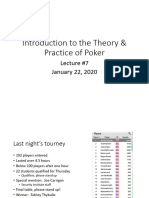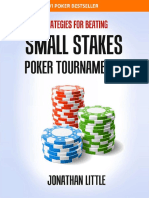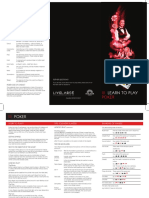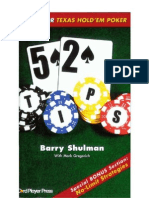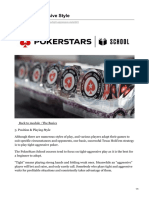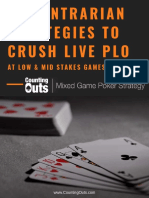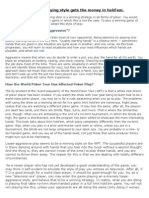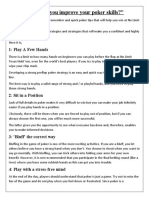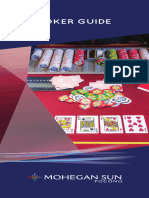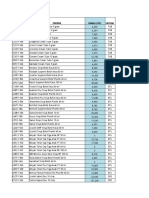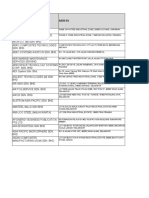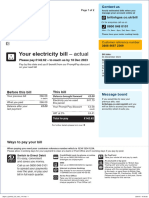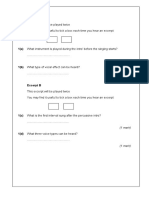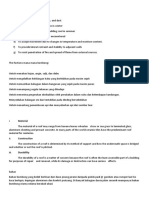0% found this document useful (0 votes)
23 views51 pages2020-01-23 Poker Lecture #8
Introduction to the Theory & Practice of Poker
Professor Avi Rubin Johns Hopkins University
Uploaded by
Ολυμπίδης ΙωάννηςCopyright
© © All Rights Reserved
We take content rights seriously. If you suspect this is your content, claim it here.
Available Formats
Download as PDF, TXT or read online on Scribd
0% found this document useful (0 votes)
23 views51 pages2020-01-23 Poker Lecture #8
Introduction to the Theory & Practice of Poker
Professor Avi Rubin Johns Hopkins University
Uploaded by
Ολυμπίδης ΙωάννηςCopyright
© © All Rights Reserved
We take content rights seriously. If you suspect this is your content, claim it here.
Available Formats
Download as PDF, TXT or read online on Scribd
/ 51
